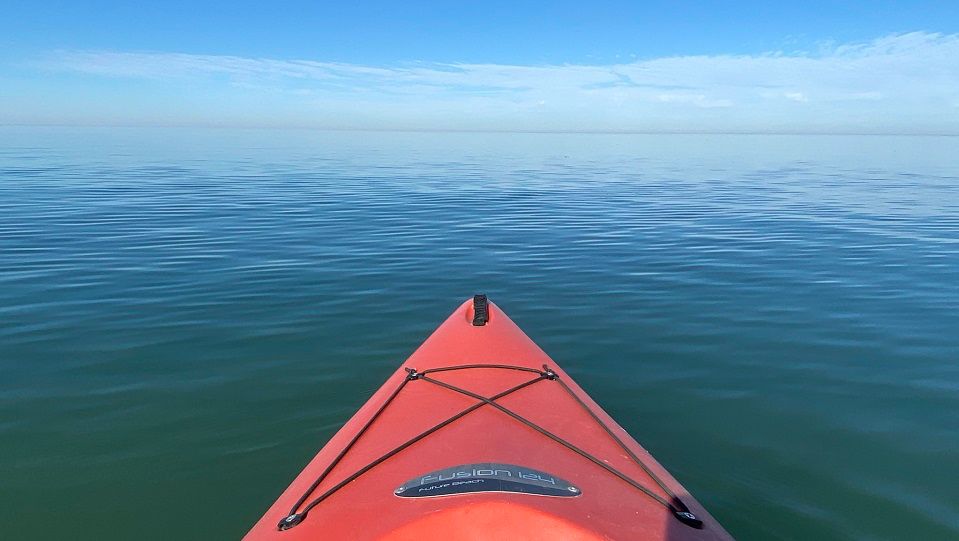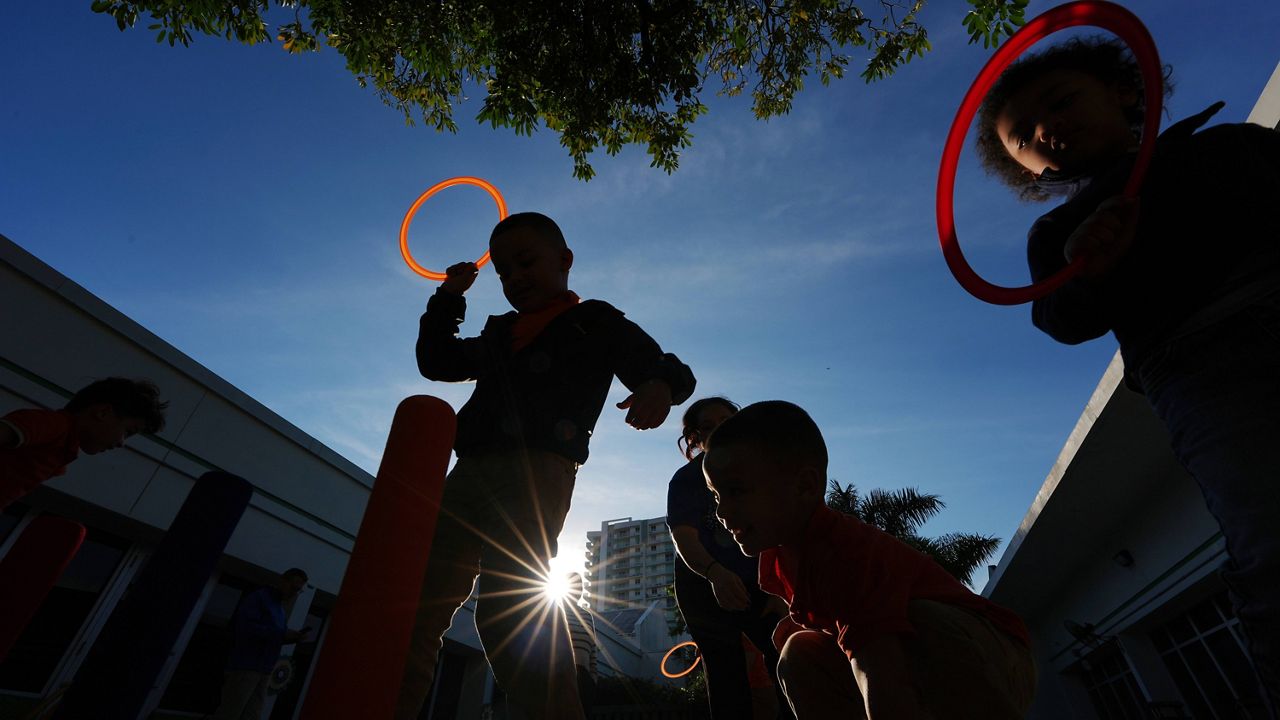Sometimes, you have no choice. Whether it's for work, errands or travel, you've got to brave the cold.
"You probably should not be out there for more than 15-20 minutes at a time," said Clark Burn Center Program Manager Tamara Roberts. "Go back inside. Rewarm yourself and make sure that if you have wet clothing, wet socks that you're changing those because you're putting yourself at more risks for frostbite to your toes and fingers."
More than 1,300 people die each year from cold-related injuries like hypothermia.
During hypothermia, your blood is trying to get to the vital organs of the body near the center, leaving outer parts like fingers and toes with less blood flow.
That leads to frostbite.
Everyone's body is different, so the amount of time for frostbite or hypothermia to set in varies.
"It takes a very short amount of time and if people drink alcohol or even caffeine, it only takes very minimal amounts of time because your blood vessels get bigger. Your body temperature on the inside tends to lower," said Roberts.
So what are some symptoms to look for in frostbite?
"Numbness, tingling, you might see some blueish color to your fingertips, your toes, even your nose. You might start to see some purple or blue color. Hypothermia, you're going to look for people that might become confused. They're going to have chills and might start shaking," said Roberts.
It can be tempting to want to warm up quickly, but experts suggest gradually warming up--like using blankets.
"Make sure that if you're rewarming an area that it's not going to be re-exposed to the cold because that can actually cause more damage," said Roberts.
In this type of weather, it's better not to take chances.
Here are some tips for preventing frostbite and hypothermia:
- Dress in layers
- Wear loose clothing
- Change wet clothing
- Take breaks during outdoor physical activities
- Only stay out for 15-20 minute increments









